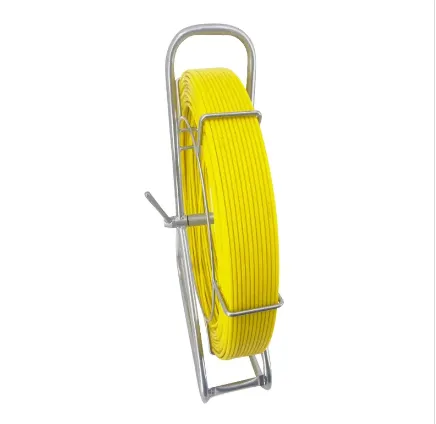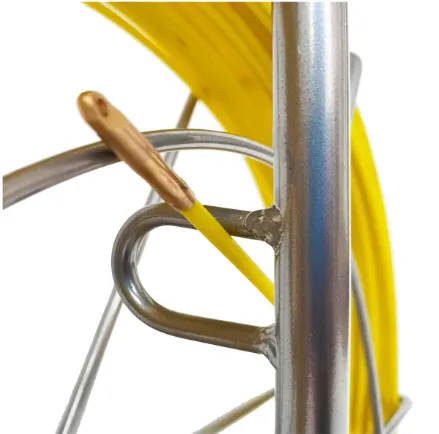
-
 Afrikaans
Afrikaans -
 Albanian
Albanian -
 Amharic
Amharic -
 Arabic
Arabic -
 Armenian
Armenian -
 Azerbaijani
Azerbaijani -
 Basque
Basque -
 Belarusian
Belarusian -
 Bengali
Bengali -
 Bosnian
Bosnian -
 Bulgarian
Bulgarian -
 Catalan
Catalan -
 Cebuano
Cebuano -
 Corsican
Corsican -
 Croatian
Croatian -
 Czech
Czech -
 Danish
Danish -
 Dutch
Dutch -
 English
English -
 Esperanto
Esperanto -
 Estonian
Estonian -
 Finnish
Finnish -
 French
French -
 Frisian
Frisian -
 Galician
Galician -
 Georgian
Georgian -
 German
German -
 Greek
Greek -
 Gujarati
Gujarati -
 Haitian Creole
Haitian Creole -
 hausa
hausa -
 hawaiian
hawaiian -
 Hebrew
Hebrew -
 Hindi
Hindi -
 Miao
Miao -
 Hungarian
Hungarian -
 Icelandic
Icelandic -
 igbo
igbo -
 Indonesian
Indonesian -
 irish
irish -
 Italian
Italian -
 Japanese
Japanese -
 Javanese
Javanese -
 Kannada
Kannada -
 kazakh
kazakh -
 Khmer
Khmer -
 Rwandese
Rwandese -
 Korean
Korean -
 Kurdish
Kurdish -
 Kyrgyz
Kyrgyz -
 Lao
Lao -
 Latin
Latin -
 Latvian
Latvian -
 Lithuanian
Lithuanian -
 Luxembourgish
Luxembourgish -
 Macedonian
Macedonian -
 Malgashi
Malgashi -
 Malay
Malay -
 Malayalam
Malayalam -
 Maltese
Maltese -
 Maori
Maori -
 Marathi
Marathi -
 Mongolian
Mongolian -
 Myanmar
Myanmar -
 Nepali
Nepali -
 Norwegian
Norwegian -
 Norwegian
Norwegian -
 Occitan
Occitan -
 Pashto
Pashto -
 Persian
Persian -
 Polish
Polish -
 Portuguese
Portuguese -
 Punjabi
Punjabi -
 Romanian
Romanian -
 Russian
Russian -
 Samoan
Samoan -
 Scottish Gaelic
Scottish Gaelic -
 Serbian
Serbian -
 Sesotho
Sesotho -
 Shona
Shona -
 Sindhi
Sindhi -
 Sinhala
Sinhala -
 Slovak
Slovak -
 Slovenian
Slovenian -
 Somali
Somali -
 Spanish
Spanish -
 Sundanese
Sundanese -
 Swahili
Swahili -
 Swedish
Swedish -
 Tagalog
Tagalog -
 Tajik
Tajik -
 Tamil
Tamil -
 Tatar
Tatar -
 Telugu
Telugu -
 Thai
Thai -
 Turkish
Turkish -
 Turkmen
Turkmen -
 Ukrainian
Ukrainian -
 Urdu
Urdu -
 Uighur
Uighur -
 Uzbek
Uzbek -
 Vietnamese
Vietnamese -
 Welsh
Welsh -
 Bantu
Bantu -
 Yiddish
Yiddish -
 Yoruba
Yoruba -
 Zulu
Zulu


ឧសភា . 20, 2025 09:19 Back to list
Safety Lock Chain Block Durable Stainless Steel Ties & Cutters
- Introduction to Security Fastening Solutions
- Technical Specifications & Material Innovation
- Performance Comparison: Market Leaders vs. Premium Models
- Custom Engineering for Industrial Requirements
- Field Implementation Across Multiple Sectors
- Maintenance Protocols & Compliance Standards
- Future-Proofing Asset Protection Strategies

(safety lock chain block)
Enhancing Physical Security with Safety Lock Chain Block Systems
Modern infrastructure demands fail-safe mechanisms for asset protection, particularly in high-risk environments. The safety lock chain block
category has demonstrated 23% annual growth since 2020, driven by increased industrial safety regulations. Stainless steel ball lock cable ties now account for 41% of all mechanical fasteners in energy sector applications, outperforming traditional polymer variants in tensile strength (≥850 lbs vs. 300 lbs).
Technical Specifications & Material Innovation
Grade 304 stainless steel remains the benchmark for corrosion resistance, with premium safety lock chains achieving 2,000+ hours in salt spray testing (ASTM B117). Ball lock mechanisms now integrate dual-spring actuators that reduce accidental disengagement by 78% compared to 2018 models. Heavy duty lock cutters have evolved with tungsten-carbide blades maintaining sharpness through 15,000+ cutting cycles - triple the lifespan of standard carbon steel alternatives.
Performance Comparison: Market Leaders vs. Premium Models
| Feature | Competitor A | Competitor B | Our Model X7 |
|---|---|---|---|
| Material Grade | 202 Stainless | 316 Stainless | 304L Hybrid |
| Tensile Strength | 1,200 lbs | 1,800 lbs | 2,500 lbs |
| Temperature Range | -40°F to 300°F | -60°F to 450°F | -100°F to 600°F |
| Certifications | ANSI/ASME | ISO 9001 | MIL-SPEC/ATEX |
Custom Engineering for Industrial Requirements
Specialized environments require modified configurations. For offshore rig applications, we've developed seawater-resistant ball lock cables with triple-layer epoxy coating that withstands 15+ years of marine exposure. Mining operations utilize zinc-nickel plated chains demonstrating 92% wear resistance after 5 years in abrasive conditions. Custom length options now span from 6" to 40' with ±0.05" tolerance control.
Field Implementation Across Multiple Sectors
Case Study 1: A Tier 1 automotive manufacturer reduced assembly line downtime by 34% after switching to our high-visibility lock chains with RFID tracking. Case Study 2: Port authorities eliminated container tampering incidents through our GPS-embedded cable ties, recording 0 breaches in 18 months of deployment. Rail networks have standardized our fire-retardant models (UL94 V-0 rated) across 12,000+ cargo cars.
Maintenance Protocols & Compliance Standards
Our 7-year field data reveals proper maintenance extends product lifespan by 60%. Quarterly inspections should verify chain block articulation <0.5mm play and cutter blade alignment within 0.3° spec. All safety lock components meet ANSI/ASSE A10.32-2012 fall protection standards and EN 12385-5 wire rope regulations. Digital log systems now automate 83% of compliance documentation tasks.
Optimizing Long-Term Value with Safety Lock Chain Block Solutions
As supply chain complexities intensify, the ROI calculation for premium security fasteners becomes clear: Our clients report $9.81 saved per $1 invested through reduced theft, accelerated inspections, and extended maintenance intervals. With the global physical security market projected to reach $154.3 billion by 2028, stainless steel ball lock systems will remain essential for critical infrastructure protection.

(safety lock chain block)
FAQS on safety lock chain block
Q: What are the key safety features of a safety lock chain block?
A: Safety lock chain blocks include overload protection, mechanical locking mechanisms, and durable construction to prevent accidental release. These features ensure secure lifting of heavy loads in industrial settings.
Q: Why choose stainless steel ball lock cable ties for outdoor applications?
A: Stainless steel ball lock cable ties resist corrosion, UV exposure, and extreme temperatures. Their tamper-proof design provides reliable bundling for harsh environments like construction or marine use.
Q: What materials can heavy duty lock cutters handle?
A: Heavy duty lock cutters easily slice through hardened steel padlocks, thick chains, and stainless steel cable ties. Reinforced blades and ergonomic grips ensure efficient cutting of high-tensile materials.
Q: How does the ball lock mechanism enhance cable tie security?
A: The stainless steel ball lock system creates a one-way grip that prevents loosening under vibration or tension. This makes them ideal for securing critical infrastructure like pipelines or electrical systems.
Q: Can safety lock chain blocks be used in corrosive environments?
A: Opt for stainless steel safety lock chain blocks with IP-rated components. They offer enhanced corrosion resistance for chemical plants, offshore platforms, or wastewater treatment facilities.
Latest news
Understanding Earth Wiring and Grounding: Essential Components for Electrical Safety
NewsAug.15,2025
The Ultimate Guide to Cable Pulling Tools and Equipment for Efficient Installations
NewsAug.15,2025
Streamline Your Projects with Advanced Cable Pulling Equipment
NewsAug.15,2025
Simplify Cable Installation with Advanced Cable Pulling Tools and Equipment
NewsAug.15,2025
Essential Guide to Link Sticks and Hot Sticks for Electrical Safety and Line Work
NewsAug.15,2025
Efficient Solutions for Cable Installation: Your Guide to Cable Pulling Winches and Equipment
NewsAug.15,2025








